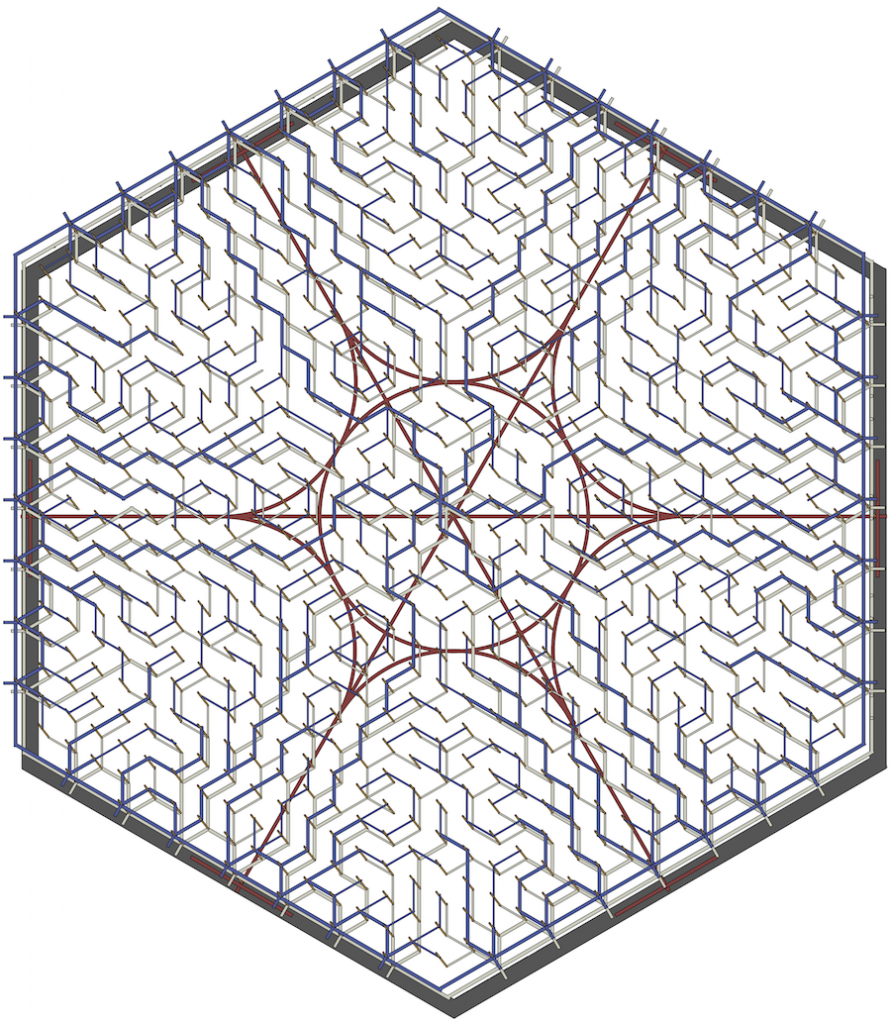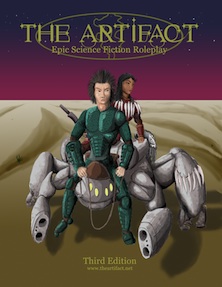Sometimes I feel like fourth edition is never going to happen. Is it taking it’s sweet old time? Yes. Is progress being made? Surprisingly also yes.
The guts of 4e is there. A lot of the bulk text and stat blocks are also there. We can actually play 4e with me running it. It’s just getting it to a state where other people can run it. So what still needs to happen?
Maps
This is something I didn’t think I’d be redoing. I’ve been looking for a program that could actually draw the maps. The old program I used will no longer run on any computers I have. I’ve tried, really. I was certain I’d need a vector graphics program. At one point I tried looking into CAD but that was either too expensive or didn’t offer the control I needed.
I finally tried Affinity Designer and I think we have a winner. It’s not quite as accurate as I’d prefer, but with the current maps in 3e a lot of the detail didn’t show up on the printed page anyway. What Affinity Designer can do more of is adding color, something that was limited in the last program I used. I don’t know if it’s surprising or just a testament to the quality of Affinity’s software but it’s also the company that makes the page layout software I’m using.
Which brings us to…
Layout
I despaired for a while at the challenge of rebuilding the tables in 3e for 4e. The table creation tools on Affinity Publisher are not the greatest. Then they introduced the ability to import tables from Apple’s suite of office apps. The tables will need to be tweaked but they can mostly be imported now.
That’s the brute work of figuring out layout though. I have some issues that are a little higher on the scale of page layout. Ones that I don’t really have any answers to.
What fonts should I use? I’ve traditionally stuck with Georgia for The Artifact. Should I change it? I’m not sure. I think a change in the heading font could help with the other problem I have with layout. That being…
The Artifact has been called a “text wall” and I can’t disagree. I would like to fix that problem but I get weirded out with too much white space on the page. I’ve seen layouts that use whitespace well but I’m never satisfied with my attempts at it. I have a weird quirk that I feel like the more text on the page the more “value” the page has. It’s wrong, I know, it’s just hard to get past it.
In general, I have no idea what I want to do with layout.
Actually writing too
So what I have written is a lot of fragmented sections. Although the main ideas are there, I’ll probably write it all over again. I’m having a crisis of confidence that I can express the game well. I think I’m doing better than I ever have, only it’s in ways I’ve never tried before, so none of it is tested.
There are a lot of new rules that are much different than what came before. Actually that’s the problem. They’re mostly a jump from the old rules, doubling down and amplifying the things I really liked in 3e. But they’re different enough that it would look alien to most people that have played 3e. It would be bad writing to explain how you played 3e and then describe why the system of 4e is an extension of those ideas. New players don’t care and I doubt it would really help experienced players.
I also have a lot of writing to do for the GM’s section. One of the big changes is going from GM to Facilitator but that’s just a change in the vocabulary. The real work is that I want to better describe how to run a good game on The Artifact.
I’ve found out that there are specific themes that work, pacing that builds on those themes and a mindset that goes with them. Straying from that formula doesn’t seem to work well. Describing the formula is a new trick that I’ve taken a few stabs at.
Art
I don’t have an idea of what I’d like to do with art. I could draw some more pictures but I’m not sure I’m up for a whole art re-work like I did for 3e unless I come into an unexpected inheritance and can afford to pay people.
So, that’s basically it. A bunch of things that are huge and need resolving. Once figured out a lot of these might become obvious. Until then, I’m muddling along, hoping for an epiphany or two.



 The Free RPG Blog
The Free RPG Blog